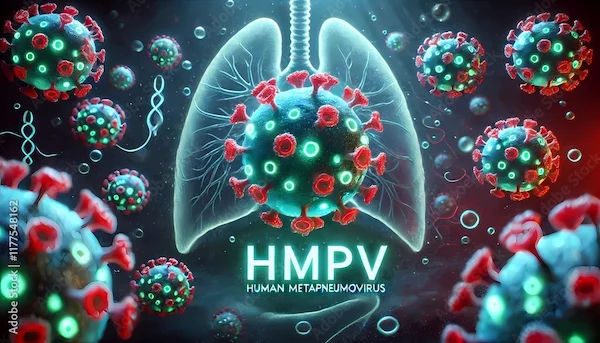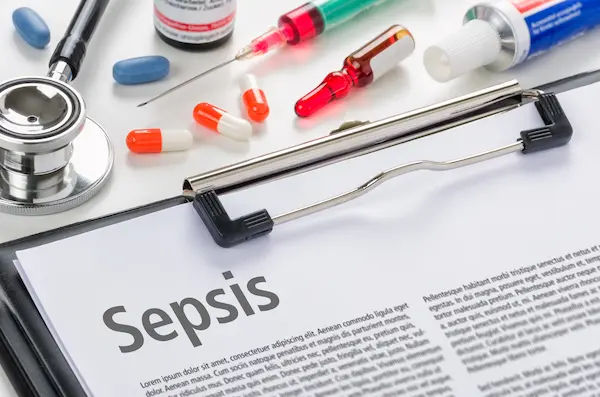- Male
- 29 Years
- 29/01/2025
I recently found out that my girlfriend had a past relationship, and now I'm just a bit anxious about things. To be cautious, I decided to get tested for HIV 1 and 2 using the Elisa method, and my results came back with a value of 0.09. I've attached my test report here. Could you help me understand what this means? Should I be worried or take any further steps?
Answered by 1 Apollo Doctors
-Hello,
It's understandable that you're concerned. A result of 0.09 from the HIV 1 and 2 ELISA test is typically considered negative, as it is well below the cutoff for positivity. However, it's always a good idea to follow up with a healthcare profes
Dr. Anshul Suggests...
Consult a Infectious Disease specialist
Answered 04/07/2025
0
0

More Infectious Disease Health Queries
View allI'm based in Pune and have been dealing with Tubercular Lymphadenopathy for the last 9 months, but I can still feel swollen nodes on the left side of my neck. I'm worried because even after all this treatment, the size hasn't gone down. Could you recommend a well-experienced specialist in Pune who can help me with this?
Ideally the swelling also should come down,as it is still persisting, visit Physician for follow up and appropriate treatment.
Answered by 1 Apollo Doctors
I've been exposed to HIV around 48 days ago and now I'm starting to notice some symptoms. I'm really concerned and am wondering what kind of test I can take at this point to confirm if it's HIV. Can you help guide me on this?
Hiv elisa test is advised to the patient.
Answered by 1 Apollo Doctors
Can I still go to the gym while I'm getting anti-rabies treatment? A dog bit me, and I've finished 2 days of the vaccine, with 2 more to go. Is it okay to continue my workouts and take whey protein during this time? Would love your advice.
Visit your Physician for appropriate management
Answered by 1 Apollo Doctors
Disclaimer: Answers on Apollo 247 are not intended to replace your doctor advice. Always seek help of a professional doctor in case of an medical emergency or ailment.





